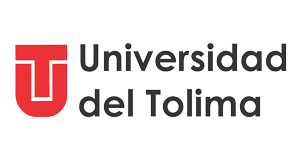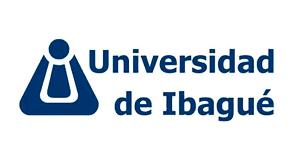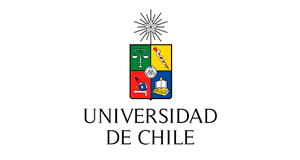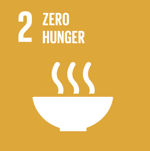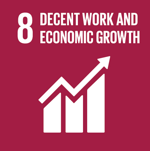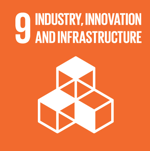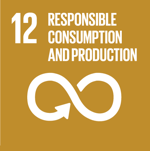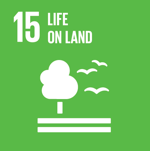Technological innovation in Andean cacao
It is necessary to establish technological innovations for cocoa producers in Andean areas focused on improving cocoa bean quality during production and processing in order to access new markets
Context of the story
Colombia and Peru are characterized by their production of Andean cocoa, which is recognized worldwide for its aroma and flavor. This product is cultivated and processed 90% by small producers with problems such as low organizational levels and production systems with low productivity, which have deficiencies such as poor agricultural practices, low investment and lack of technology. This is an obstacle to guarantee high quality beans, especially for export, thus limiting the opportunities for producers to receive a better price for their product and improve their quality life.
¿What development and innovation required Andean cacao?
The implemented initiative
Cocoa is an important source of income especially for small producers, however more research is required in order to generate practical solutions to meet market requirements. It is necessary to select differentiated materials by their organoleptic quality, agricultural practices that reduce the presence of cadmium in the seed, improvements in the fermentation stage including the use of starter cultures, and include the encapsulation of the flavonoids present in the bean focused on the market of nutritional supplements, of high demand and greater benefit.
Improving the competitiveness of Andean cacao
The technological solution
The project seeked to close the gaps in Andean cocoa production with the producers, in order to generate technological improvements in: I) generation of a geographic information system of three producing areas for each country with an emphasis on edaphoclimatic variables that influence cocoa quality, II) identification of high quality regional materials that can be used for future planting processes, III) the analysis of the productive system and the presence of cadmium in the soil, as well as possible practices that decrease the absorption of this metal IV) a prototype of an ecological fermenter with the application of starter microorganisms that improve performance and organoleptic quality, IV) the development of encapsulated prototype rich in flavonoids present in the seed, with the evaluation of the antioxidant activity V ) knowledge transfer through virtual interactive conferences
"The Project has brought us closer to understanding the importance of carrying out a good process during crop development and at post-harvest levels, as well as quality requirements to make improvements in our farms to generate a high quality bean"
Type of project
Results
A geographic information system was generated with the selection of differentiated quality materials, at least two for each country. At the nursery level, it was found that clone CCN 51 is characterized by a greater tolerance to the presence of cadmium in soils. Likewise, it was confirmed that soil remediation applying dolomite lime plus mycorrhiza reduces the presence of cadmium in the leaves, a technological improvement. For the fermentation stage there is a bank of isolated microorganisms with species such as yeast and lactic acid bacteria. Likewise, two ecological prototypes for fermentation were validated, which stand out for their isolation system with recycled tyres. An encapsulation process for cocoa flavonoids was standardized, this product is characterized by their high antioxidant capacity. Finally, results have been shared through participation in congresses, explanatory videos, and virtual conference cycles.

 Back to the project
Back to the project Colombia
Colombia Peru
Peru Chile
Chile